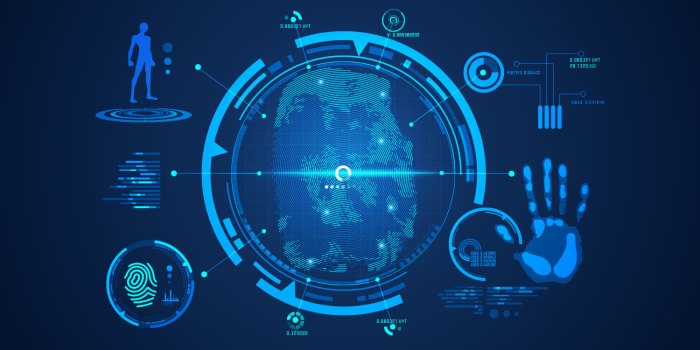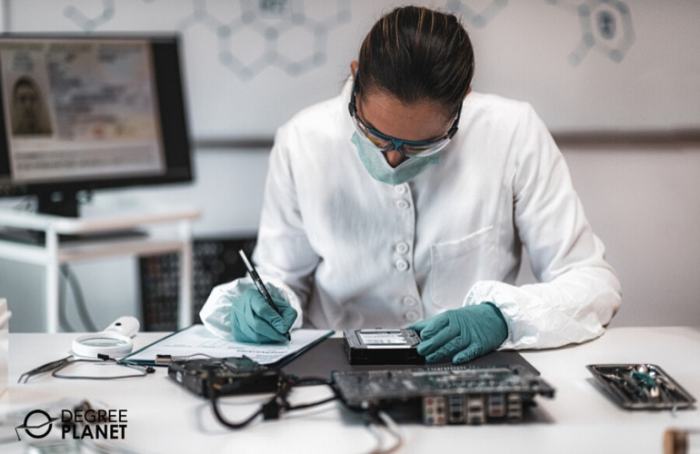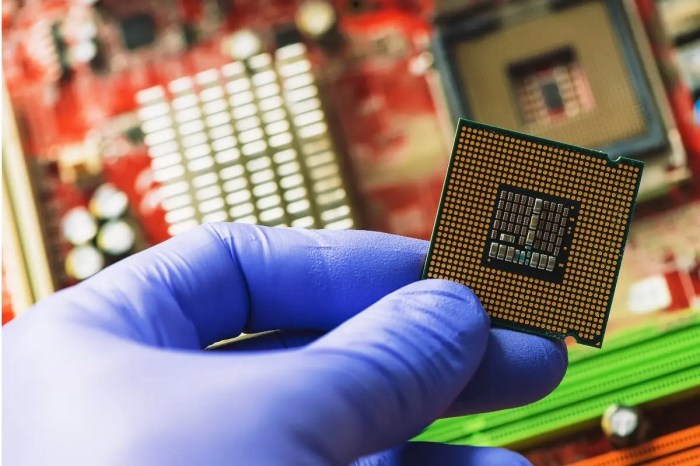In the realm of digital investigations, the Guide to Computer Forensics & Investigations stands as an indispensable resource, illuminating the intricacies of this crucial field. This comprehensive guide delves into the multifaceted world of computer forensics, empowering readers with a profound understanding of its principles, methodologies, and real-world applications.
With the proliferation of digital devices and the ever-increasing volume of data, computer forensics has emerged as a vital tool for uncovering the truth in a wide range of legal and corporate investigations. This guide provides a thorough exploration of the different types of computer forensics investigations, the ethical and legal considerations involved, and the cutting-edge tools and techniques employed by forensic investigators.
1. Introduction

Computer forensics and investigations involve the application of scientific methods and techniques to collect, preserve, analyze, and present evidence from digital devices in a manner that is admissible in court. In today’s digital world, computer forensics has become increasingly important as electronic evidence plays a crucial role in criminal and civil investigations.
Real-world scenarios where computer forensics is crucial include:
- Cybercrime investigations (e.g., hacking, data breaches)
- Fraud and financial crimes (e.g., embezzlement, money laundering)
- Corporate espionage (e.g., theft of trade secrets)
- Child exploitation and abuse cases (e.g., possession of child pornography)
- Intellectual property disputes (e.g., copyright infringement)
2. Types of Computer Forensics Investigations: Guide To Computer Forensics & Investigations

Incident Response
Incident response involves responding to and mitigating security breaches or other incidents that may have compromised a computer system or network.
Digital Evidence Recovery
Digital evidence recovery focuses on recovering data from damaged or inaccessible storage devices, such as hard drives, flash drives, and mobile phones.
Data Analysis and Interpretation
Data analysis and interpretation involves examining and analyzing digital evidence to identify patterns, trends, and anomalies that may provide insights into the incident or crime.
Reporting and Presentation of Findings
Reporting and presentation of findings involves documenting the results of the investigation and presenting them in a clear and concise manner to law enforcement, legal counsel, or other stakeholders.
3. The Computer Forensics Process

Preservation of Evidence
Preservation of evidence involves securing and protecting the digital evidence to prevent alteration or destruction.
Acquisition of Evidence, Guide to computer forensics & investigations
Acquisition of evidence involves creating a forensic copy of the digital evidence while preserving the integrity of the original data.
Analysis of Evidence
Analysis of evidence involves examining the forensic copy of the evidence using specialized tools and techniques to identify relevant data.
Reporting of Findings
Reporting of findings involves documenting the results of the analysis and presenting them in a clear and concise manner.
FAQ Section
What are the key steps involved in a computer forensics investigation?
The general steps include preservation of evidence, acquisition of evidence, analysis of evidence, and reporting of findings.
What are some common ethical and legal considerations in computer forensics?
Privacy concerns, chain of custody, and admissibility of evidence in court are some key ethical and legal considerations.
What resources are available for individuals interested in pursuing a career in computer forensics?
Professional certifications, industry standards, and ongoing training opportunities are valuable resources for aspiring computer forensics professionals.
